Prose may be deathless, but authors are not — and some of us honor those who compose with visits to where they decompose. I’m afraid that I am one such pilgrim: heck, my wife left her bridal bouquet at the grave of Jack Kerouac in Edson Cemetery in Lowell, Massachusetts. The epitaph for “Ti Jean” is “He Honored Life”; so, paradoxically, do those who make sepulchral sorties.
The noted poet Steve Huff knows his way around a necropolis, and he brings us along for the ride in his new book, Resting Among Us: Authors’ Gravesites in Upstate New York from Syracuse University Press.
Huff wants “to help raise Upstate New Yorkers’ awareness of our literary heritage.” New York schools have failed miserably at this task. Pound for pound, Upstate can slug it out with anyone — we can even go fifteen rounds with the champ, Mississippi.
You doubt me? Then I’ll bid Washington Irving, James Fenimore Cooper, Mark Twain (he wrote The Adventures of both Tom Sawyer and Huckleberry Finn in Elmira) and Edmund Wilson… for openers.
This being Upstate New York, Huff’s subjects include Theosophists (Claude Bragdon, Matilda Joslyn Gage) and drunks (Charles R. “The Lost Weekend” Jackson, Frederick Exley) and, to borrow from Cher’s classic tale of woe on the road, gypsies (Paul Bowles), tramps (Edna St. Vincent Millay), and thieves (Ned Buntline).
Bowles’s ashes ended up in rural Lakemont instead of under his sheltering sky because he passed childhood summers in a nearby family cabin. He was one of us only in death, unlike the dipsomaniacal memoirist Exley, who once said of his hometown that “Watertown is not in my marrow; it is my marrow.” And now Exley is in its earthy marrow. His poignant epitaph is taken from his classic novel of failure, A Fan’s Notes: “It was my fate, my destiny, my end, to be a fan.”
Mention of Exley leads naturally to Robert Lax, the experimental poet who spent most of his adulthood on the island of Patmos. Lax is buried in Olean, from which fastness he perhaps exercises his fandom on behalf of the Bonnies of St. Bonaventure. I can imagine him poetizing, in characteristic Lax style:
MAKE basket
make BASKET
ple-ASE
Fran Striker, creator of The Lone Ranger, rests peacefully forty-five minutes south of us in Arcade. Admittedly, we’re not trespassing upon the belles lettres here, but as Huff points out, ole’ Franny sure knew how to mint pop-culture nuggets: “Hi-ho, Silver!” “Ke-mo-sah-bee,” “Who was that masked man?” and “silver bullet” dripped from his pen. And while we’re talking high art, when next you are in Madison County, you might pay homage to Walter R. Brooks, whose articulate animal stories were harvested to create Mister Ed, the talking horse of the 1960s TV series. Steve Huff, admirably eager to defend his fellow Upstaters against Hollywood vulgarization, notes that the idiot box not only moved Ed’s locale to Southern California but metamorphosed “the often tipsy Wilbur Pope to a more staid Wilbur Post, and his intemperate horse was made likewise more discreet.”
Anyone up for a reboot of Mister Ed?
I’ve visited a handful of these sites. I have burbled gratitude to the remains of Utica’s Harold Frederic, whose work I adapted for the feature film Copperhead, and I’ve stood mutely in Rochester’s Holy Sepulchre cemetery before Louise Brooks, the bobbed-haired beauty who wrote a wonderfully acerbic book (Lulu in Hollywood) about the silent-film era.
Each Memorial Day I leave a penny on the stone of John Gardner, my town’s contribution to American fiction. Gardner’s modest stone reads, somewhat immodestly, “All he spoke or cast was mysterious and holy.”
But there are so many cemeteries, so little time before we check into what the choleric Algonquin Roundtable wit Alexander Woollcott, ensconced in the cemetery of his beloved Hamilton College, called “the last dormitory.”
I hope someday to pay my respects to Dorothy Day on Staten Island, Gore Vidal in DC’s Rock Creek Cemetery and Edward Abbey in the Cabeza Prieta desert in Arizona, but in the meantime I’m giving thanks for Steve Huff’s generous spirit. “I do not call myself a scholar, nor a historian, only a writer in search of the ancestors of my tribe,” he writes, but I call him a resurrectionist, for by visiting gravesites he has brought our forebears back to life.
This article was originally published in The Spectator’s November 2023 World edition.



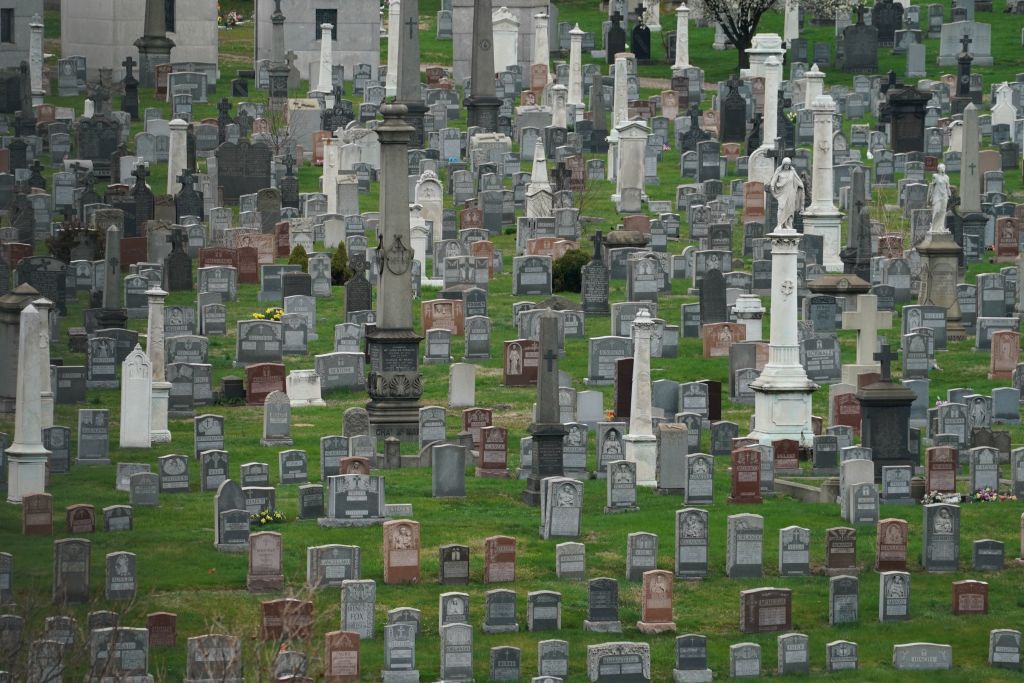











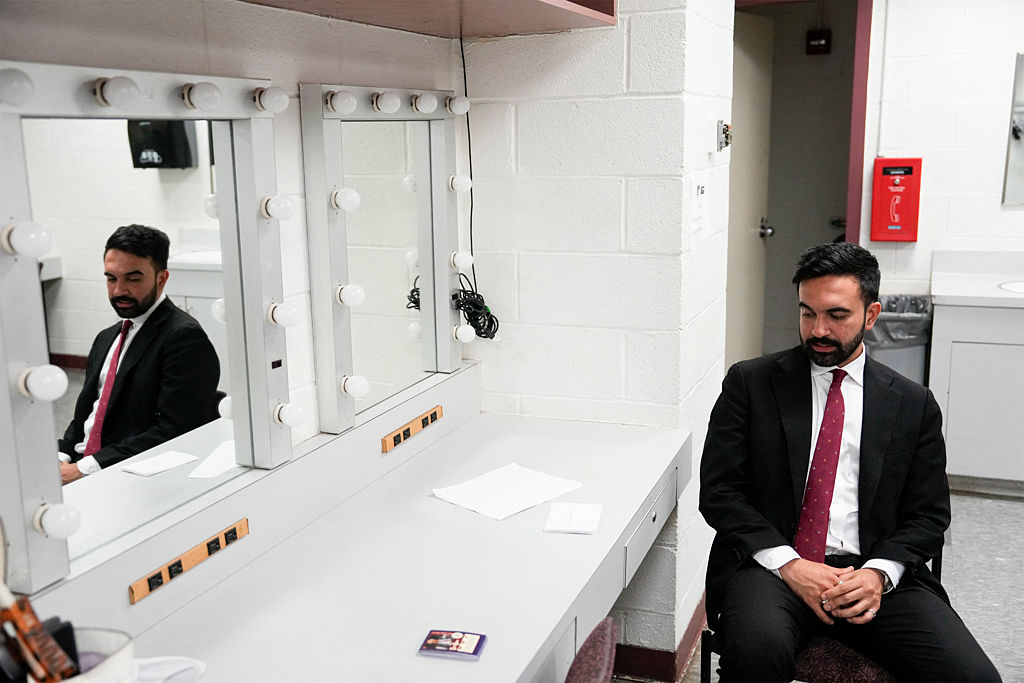
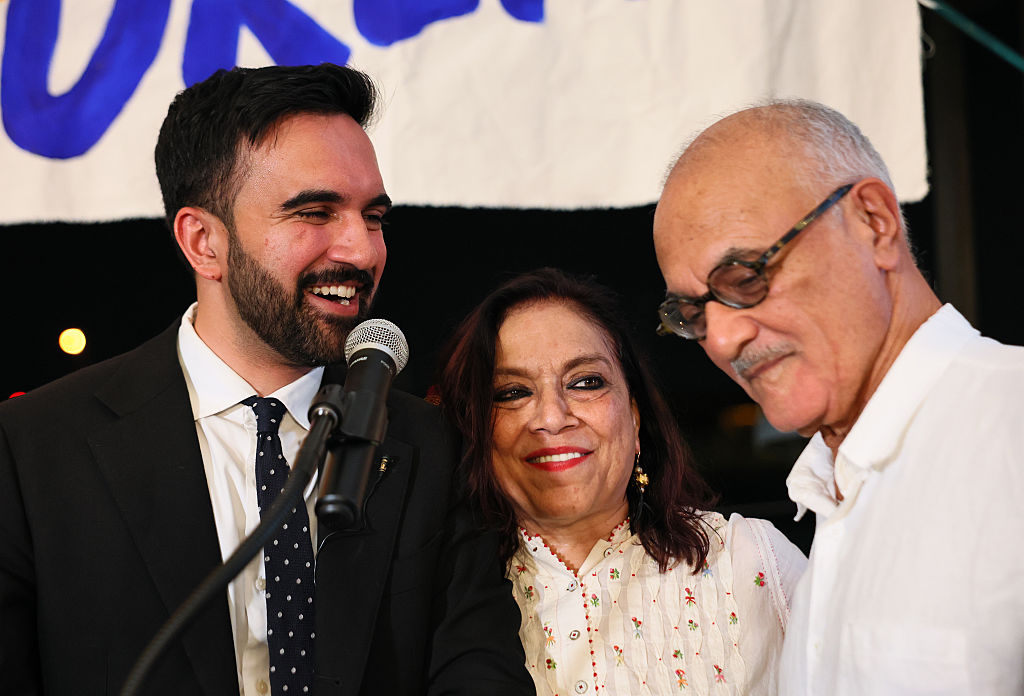
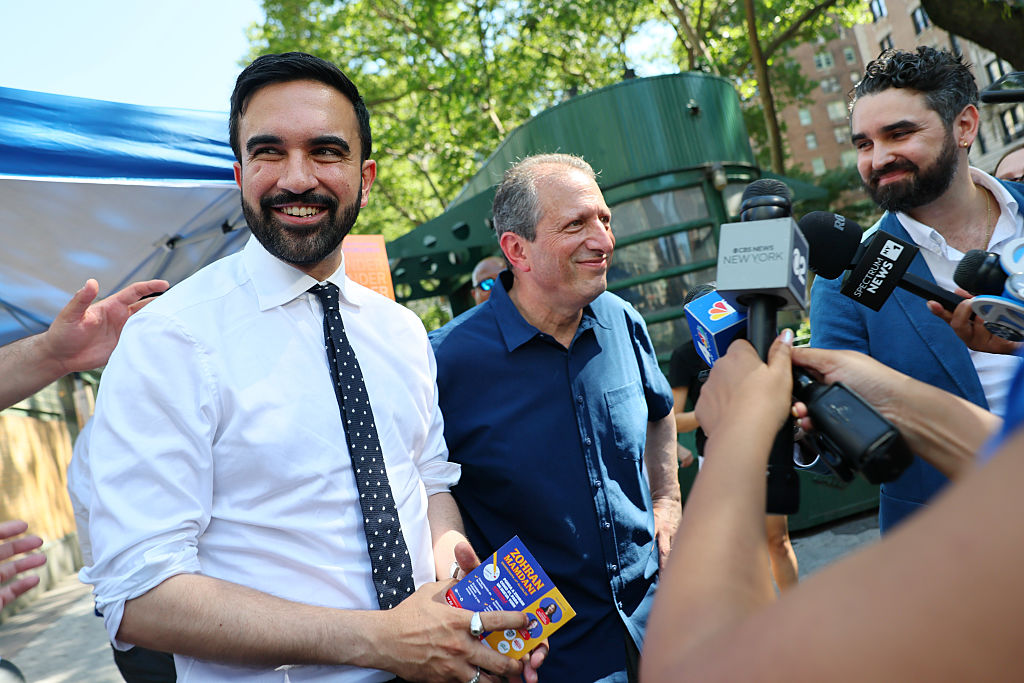
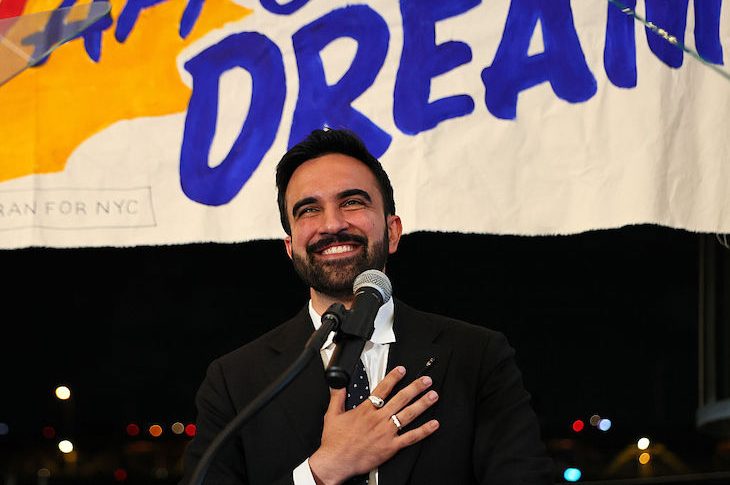







Leave a Reply